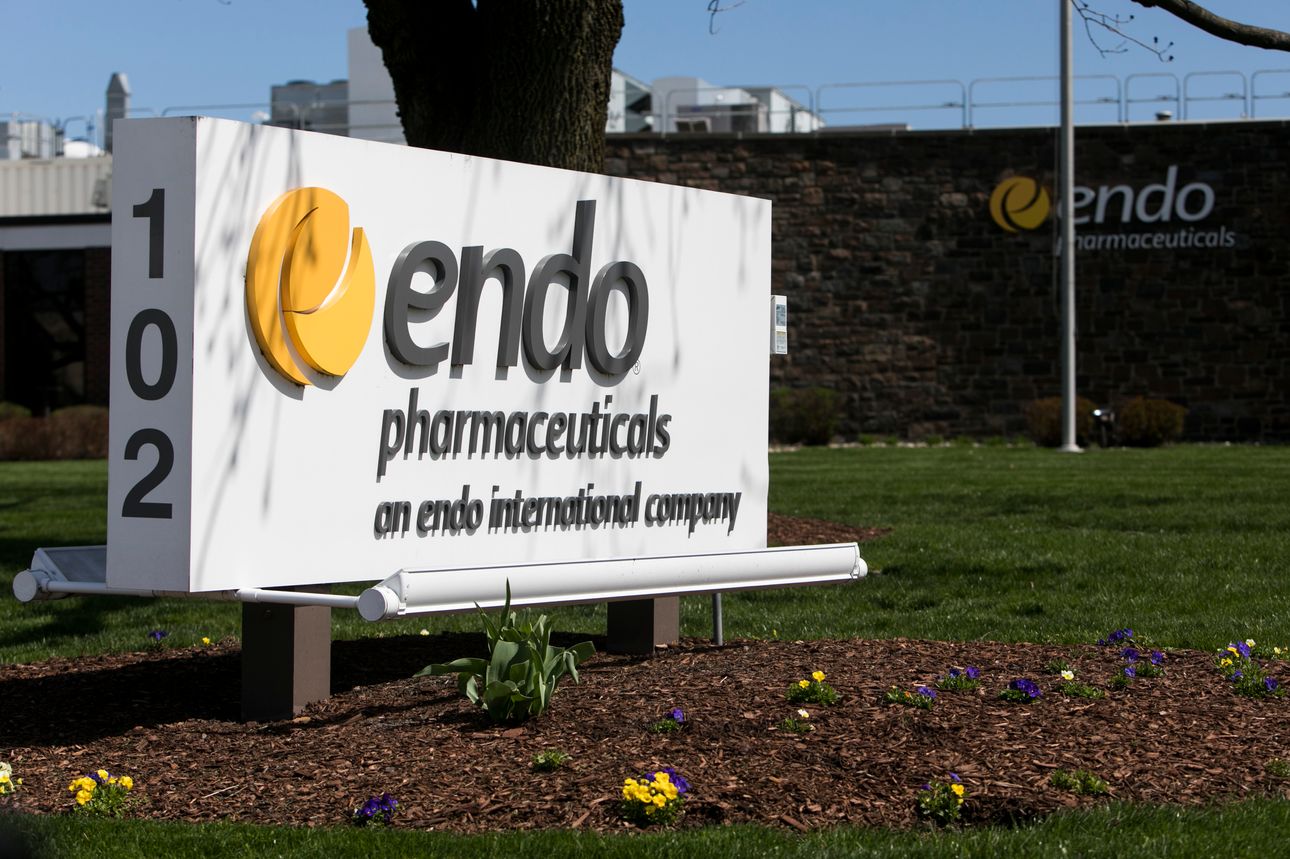Endo Moving Toward Bankruptcy Filing Without Opioid Settlement Deal
Endo is considering filing for bankruptcy protection to get rid of a massive $8 billion in debt and thousands of lawsuits over the opioid Opana ER, The Wall Street Journal reported. Endo is unlikely to reach a settlement with the opioid plaintiffs this time around, according to people familiar with the matter.
It is reported that the drug was discontinued in 2017 at the request of the FDA.
In late June, some bondholders formed an investor group urging Endo not to file for bankruptcy. Instead, the group proposed a bond swap to ensure the company could operate as usual. At the end of March, the company reported $1.4 billion in cash on hand.
Under internal and external pressure, Endo continued to turmoil
In 2006, Opana ER was first approved. Six years later, Endo is back with a reformulated version designed to prevent abusive physical or chemical manipulations. However, the FDA in 2017 decided the drug was too risky by an 18-8 vote.
“The misuse of reformulated Opana ER has resulted in a serious disease outbreak,” former CDER director Janet Woodcock said in a statement at the time.
Endo has been weighed down by U.S. opioid lawsuits in recent years, although the company has settled opioid lawsuits brought by several U.S. states, such as paying $65 million to Florida and $26 million to West Virginia. , to pay Alabama $25 million.
In its latest quarterly report, however, Endo said the company was unable to resolve most opioid claims, so executives are exploring new contingency plans, which could include a bankruptcy filing.
Endo had spent more than $32 million in legal fees in the first quarter, including opioid-related charges, according to SEC filings.
Previously, Endo had been in turmoil for several years.
In 2019, Endo bought somerset Therapeutics, a sterile injectable company, for $190 million, but it didn’t end well. Subsequently, the company laid off another 375 people in the Opana emergency room.
In 2020, after changing its chief executive officer (CEO), Endo plans to cut 560 jobs by 2023 and exit manufacturing facilities in California, New York and India in an effort to reduce annual costs by $163 million to $183 million Dollar.
In fact, the opioid litigation problem has escalated in the United States in recent years, and Johnson & Johnson and Teva have also faced related lawsuits.
According to the Centers for Disease Control and Prevention (CDC), nearly 250,000 people died from prescription opioid overdoses in the United States from 1999 to 2017. In 2017, the U.S. Department of Health and Human Services officially recognized the crisis and declared a public health emergency.
Pharmaceutical company bankruptcy news remains unabated
This year has been a difficult year for most pharmaceutical companies. With the fierce competition in the pharmaceutical market and changes in the policy environment, it is becoming more and more difficult for pharmaceutical companies to survive.
Star Biotech Genocea Biosciences previously planned to cut 65% of its workforce and sought to sell the company amid a cash crunch. Less than a month later, on May 24, the company officially shut down. The move means that all remaining non-essential employees will be fired and the company will be delisted from Nasdaq.
The US biotech survival rate is about 29% within 5 years, about 36% is 5-10 years, and the companies that can survive for more than 10 years are not more than 36%, and there is a 99% R&D failure rate.
Under multiple factors such as the epidemic, policies, and market competition, the survival of pharmaceutical companies is not difficult. Bankruptcy and liquidation may be the last chance for pharmaceutical companies to maintain decency, but it also means that they will withdraw from the stage of history. In the face of fierce market competition in the future, pharmaceutical companies need to actively make changes according to the changes in the pharmaceutical market, otherwise they may face the risk of elimination.









